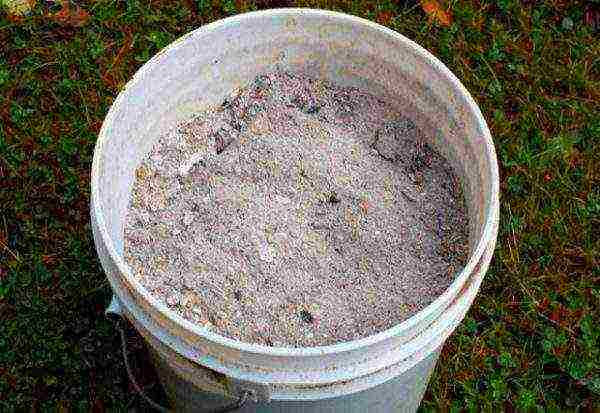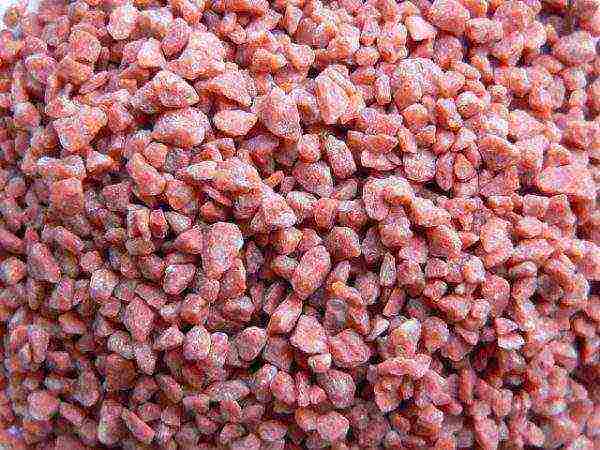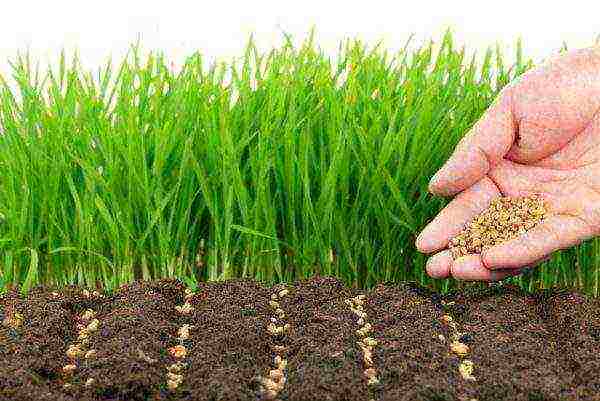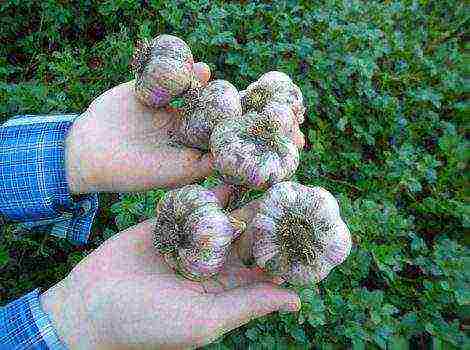Content
What to fertilize for garlic when planting in the fall
Garlic is a spicy culture with a bright aroma, a strong antiseptic and antioxidant, an irreplaceable spice for canning, cooking and salads. Garlic is used on the farm almost every day, so it is impossible to imagine a garden without a large garden bed of this useful spice. The guarantee of a rich harvest of this unique vegetable will be the introduction of fertilizers in the fall during planting.
Do you need fertilizer for garlic?
The root system of the culture is rather weak, limited and superficial, therefore, for full growth, obtaining large heads, it is imperative to fertilize the soil and feed the plants themselves, and you should not save on fertilizers.
Garlic can be planted in two ways - winter and spring, i.e. before winter or with the onset of spring. In both cases, it is necessary to feed the vegetable. In order for winter garlic to grow strong, not get sick, give a good harvest of high quality, soil preparation for the garden should be started 2-3 weeks before planting, or even a month.

Preparing the soil for planting
Garlic, along with other crops, should be included in a 4-5 year crop rotation cycle, the best predecessors are cucumbers, zucchini, legumes, early or cauliflower, early greens, salads. The bed must first be disinfected with a solution of copper sulfate - 1 spoon per bucket of water.
Then the earth needs to be dug up to a depth of about 20 cm, removing weeds and their roots, generously fertilizing with humus. For 1 sq. m, at least 5 kg of rotted humus or compost is introduced, adding 20 g of superphosphate and a glass of wood ash to it. After that, the soil is well watered and covered with a film for a while. Until the cloves are planted, the soil will remain loose, saturated with oxygen and slightly settle.
The best fertilizers in spring and autumn
Organic (ash and manure)
Fresh manure works very well as a top dressing, but it is not recommended to apply it in the fall: the heads will become loose, and the plant itself is susceptible to fungal diseases. Besides, manure will provoke active growth of green massand the heads will remain small. It is best to feed the beds with slurry in the spring, diluting with water in a ratio of 1: 6, repeat 2-3 times throughout the growing season.

Ash is an excellent organic fertilizer. It is applied along with the compost during digging or added directly to the grooves during planting. You can pour a solution of ash a couple of weeks after planting: 1 tablespoon per 1 liter of water, 2-3 liters per sq. m landings. Wood ash is a complete complex fertilizer consisting of a set of microelements, its introduction promotes the growth of large heads.
Top dressing with chemicals
Chemical fertilizers also have a very good effect on the growth and development of the heads. Before planting in the fall, it is necessary to fertilize the ground with superphosphate and potassium salts. Potassium will help to form a powerful root system of cloves before the onset of cold weather, when the soil is still warm enough, and this will allow the plants to tolerate the winter cold well.
Nitrogen-containing organic matter or nitrogen fertilizers must not be applied in the fall. - after all, nitrogen causes an active growth of the green mass of plants, and a winter vegetable is useless. But we must remember that in the spring, nitrogen is fertilized before germination.

The most useful in the fall will be potassium salts, double superphosphate, potassium sulfate, nitrophoska - at your discretion. It is best to introduce them in a complex manner, mixing with ash and organic fertilizers - humus or compost.
What to plant siderates
Since garlic reacts very well to organic matter and to "green" predecessors, loves fertile and well-fertilized lands, it goes without saying that the use of green manure as fertilizer will be very useful.
The land where the garden will be located should be free of crops around the end of July... And immediately green manure plants are sown on it - legumes, cereals (rye, barley), but the best option is mustard or phacelia.
The roots and the entire green mass of these plants contain a large amount of phytoncides and essential oils, which are destructive for many pests and eradicate viral and fungal diseases. Phacelia very quickly gains green mass - for 1.5 months up to 200-300 kg per hundred square meters (equivalent to 250 kg mullein / one hundred square meters).
Three weeks before the planting of the culture, the green manure cultures are mowed (before flowering), the bed is dug up and young greens are buried into the soil to a depth of 15-20 cm.You can water the bed for faster decomposition of biomass, which will saturate the earth with all the necessary microelements: nitrogen, phosphorus , potassium, calcium and others necessary for a vegetable for growth and development.

Before planting the garlic, additional loosening is not required, it is enough to make grooves and plant the cloves in them. Many experienced gardeners advise using this particular method of improving the quality of the soil for onions and garlic.
The garlic culture gained popularity and became necessary for consumption due to its beneficial antiseptic properties and unique bright aroma.... It is impossible to imagine winter preserves, pickles, delicious first and second courses, hot snacks without this spice. No matter how unpretentious garlic is, proper cultivation techniques, care and feeding will help to achieve excellent yields and provide any family with a supply of tight fragrant cloves for the whole year.


